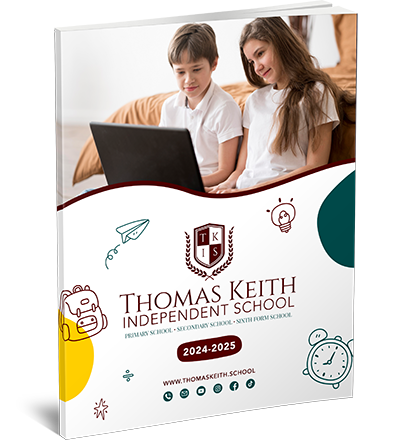Transfer and Transition for the Gifted and Talented
Transition from Key Stage 3 to 4 (Ages 14 to 19)
Proper planning during key stage 3 lays a solid foundation for the gifted and talented students’ progression into the 14 to 19 learning stage. Instruments like the cognitive ability tests (CATs), combined with the assessment data from the end of key stage 3, serve as valuable tools for talent identification. With an increasing array of subject and course options, students have the opportunity to manifest new talents.
Expanding curriculum options and collaborative initiatives make choosing courses for year 10 more intricate. However, early exposure to various learning and assessment methodologies allows these students to make autonomous decisions.
Examples:
- Higher Education Experience: Three schools and a college offer a ‘Get your eye on HE’ course. Here, students navigate through advanced courses and get acquainted with university-level courses.
- GVNQ Taster Course: This ten-week course allows students to embrace a practical environment, encouraging innovation, independent research, and peer presentations.
- Specialized Learning Pathways: In some instances, students embark on courses in year 9 and round them off in year 10, providing them with myriad progression opportunities.
As they transition into year 9, schools amplify their emphasis on skill-building. For the gifted and talented, the main aim is to nurture their ability to discern, apply, and further cultivate their skills.
Transition from Key Stage 4 to 5 (Ages 14 to 19)
For the majority of students, age 16 is a watershed moment, marking the end of their courses and the dawn of new academic horizons. Prior experience in the age group of 14 to 16 helps them refine their learning capabilities and aids in making independent decisions.
Examples:
- Vocational GCSEs: Some schools introduce new GCSEs wherein students gain insights into vocational sectors via collaborations with colleges and universities.
- Shadowing Advanced Level Students: In some consortiums, year 11 students get the chance to shadow advanced level students, broadening their perspectives on different courses and institutions.
It’s essential for students to interlink their learning and transfer skills from one subject or context to another as they transition.
Examples:
- Key Skills Introduction: Schools offer key skills as part of students’ initiation into key stage 4. These skills include communication, numerical application, and IT.
- Critical Thinking in Curriculum: A consortium emphasizes students’ thinking and learning skills. Educators design modules to heighten student awareness and motivate further development in these areas.
Progressively, gifted and talented students may move swiftly through some courses, accessing qualifications in advance and moving to higher-level courses or new learning opportunities.
Transition to Post-19 Learning
Many of these gifted students venture into higher education at 19. Sixth forms and colleges frequently forge connections with universities to bolster students’ course-related skills and enlighten them about university life.
Examples:
- Life and Work in HE: A college partners with a local university, enabling undergraduates to design a module on ‘life and work in HE’, enriching the college students’ insights.
- Subject-Specific Workshops: These workshops introduce students to undergraduate-level subjects, updated research trends, and the skills and knowledge requisites.
Those with a knack for vocational areas may choose higher education courses with work placements or progress to advanced vocational courses. Collaborations with employers facilitate this transition and make students privy to the challenges lying ahead.
Examples:
- Management Introduction: A college’s technology faculty hosts a two-day ‘Introduction to management’ course, highlighting key areas like design, human resources, and sales.
- Student Apprenticeship: This initiative allows students to undergo day release into a company for one to two years, offering an immersive learning experience.
In essence, ensuring a smooth transition for gifted and talented learners at different educational junctures necessitates well-coordinated efforts, paving the way for their enriched learning experiences and future successes.




